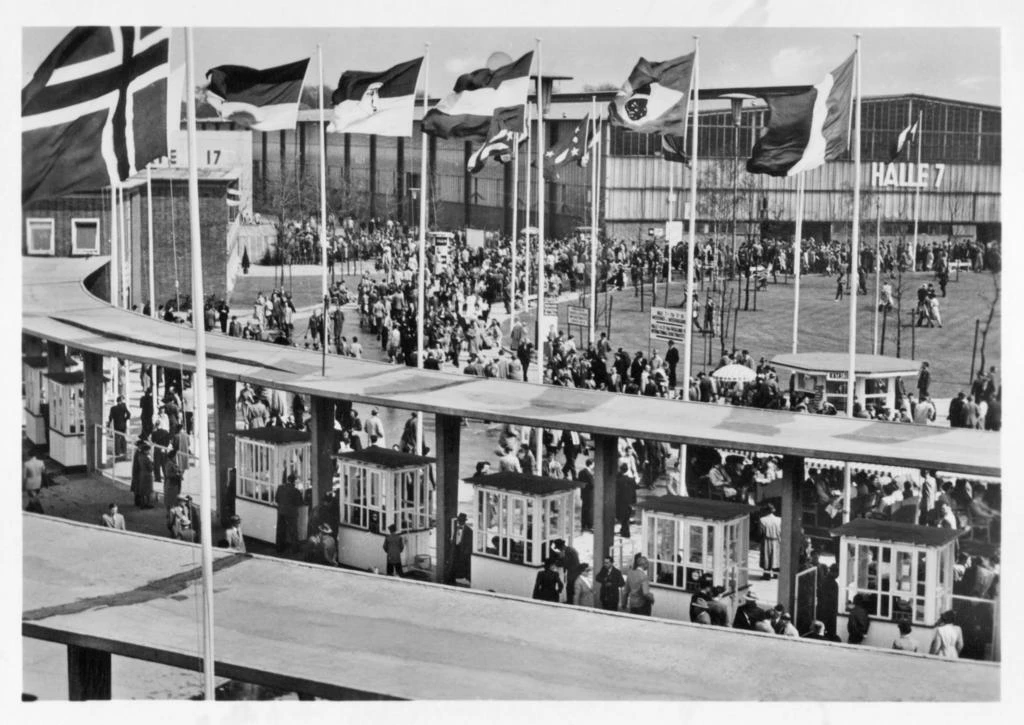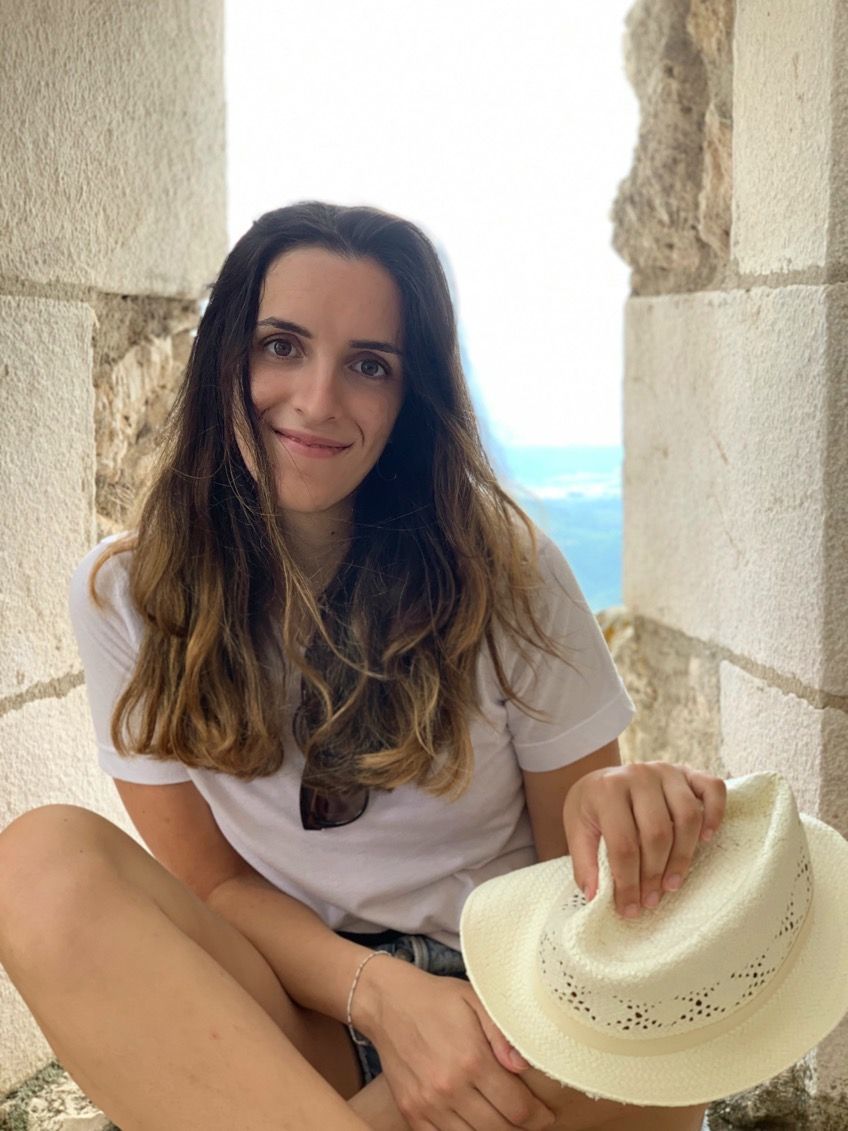11.05.2022
Hannover Messe: The History of the World's Largest Industrial Technology Fair


Team events bring team members at Sensirion Connected Solutions together! These gatherings are an important part of learning, growing, and having fun at work. Read on to learn more about team events at Sensirion Connected Solutions.
AiSight and Sensirion Connected Solutions team members share expertise through regular team workshops. Plus, these are great opportunities for our teammates to travel and grow. Read on to learn more!
Predictive maintenance plays a comprehensive role in the future of risk management. Find out how in this recap of our webinar, Reducing Production Risks with Intelligent Sensors, a collaboration between AiSight and Funk Beyond Insurance.
